Sicily is not only a set for Il Commissario Montalbano, but a co-star with its history, art, architecture and iconic scenery. The transposition of Andrea Camilleri ’s novels to the small screen has led to the vivification of that land made up of a mosaic of Baroque villages, historic palaces and seascapes that tell centuries of civilization and culture. So let’s see some of the places familiar to viewers of the Rai 1 series and find out where they really are and what history they have.
The stories of the Commissario played by Zingaretti are set in Vigata, a location that you will not find on any map of Sicily as it is a figment of the fortunate writer’s imagination, including the fictional province of Montelusa of which it would be the capital. Camilleri himself said that in reality Vigata would be Porto Empedocle, Camilleri’s hometown in the province of Agrigento, but most of the locations chosen for the filming of the Rai fiction are locations located in the province of Ragusa.
Scicli, included in the UNESCO World Heritage list, is one of the jewels of the late Sicilian Baroque. Its Palazzo del Municipio, which in the fiction becomes the Vigàta Commissariato, is a perfect example of local 18th-century architecture. The Quaestor’s room in Montelusa is actually the mayor’s room. The town is distinguished by buildings such as the Palazzo Beneventano, considered one of the greatest masterpieces of Sicilian Baroque for its sculptural decorations of masks and cherubs, and the Church of San Bartolomeo, which houses a valuable 18th-century wooden nativity scene inside. Its Baroque façade is embellished with twisted columns and statues, while the interior holds remarkable works of art.
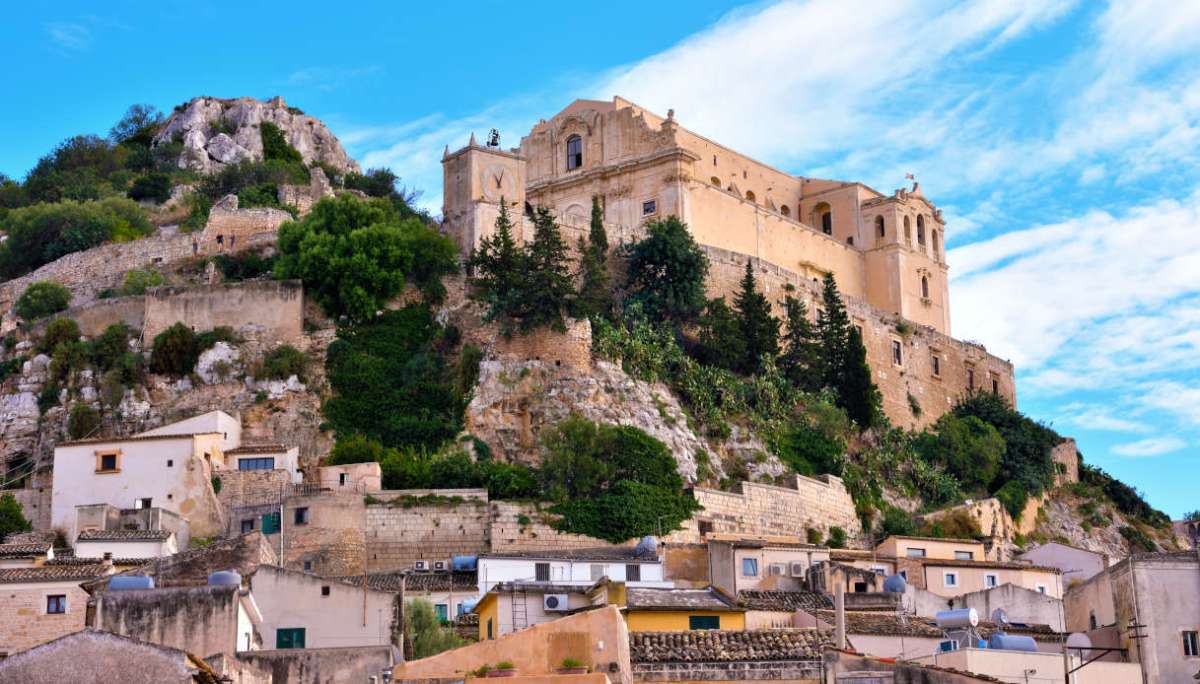
The hamlet of Punta Secca, in the municipality of Santa Croce di Camerina in the province of Ragusa, is known for the commissioner’s famous house overlooking the sea, with its famous terrace on the beach, has ancient origins related to coastal defense. The Punta Secca Lighthouse, built in 1853, is one of the icons of the maritime landscape. Its beach and small harbor tell the story of Sicily’s seaside villages, once inhabited by tuna and bluefish fishermen, activities fundamental to the local economy since Greek times.
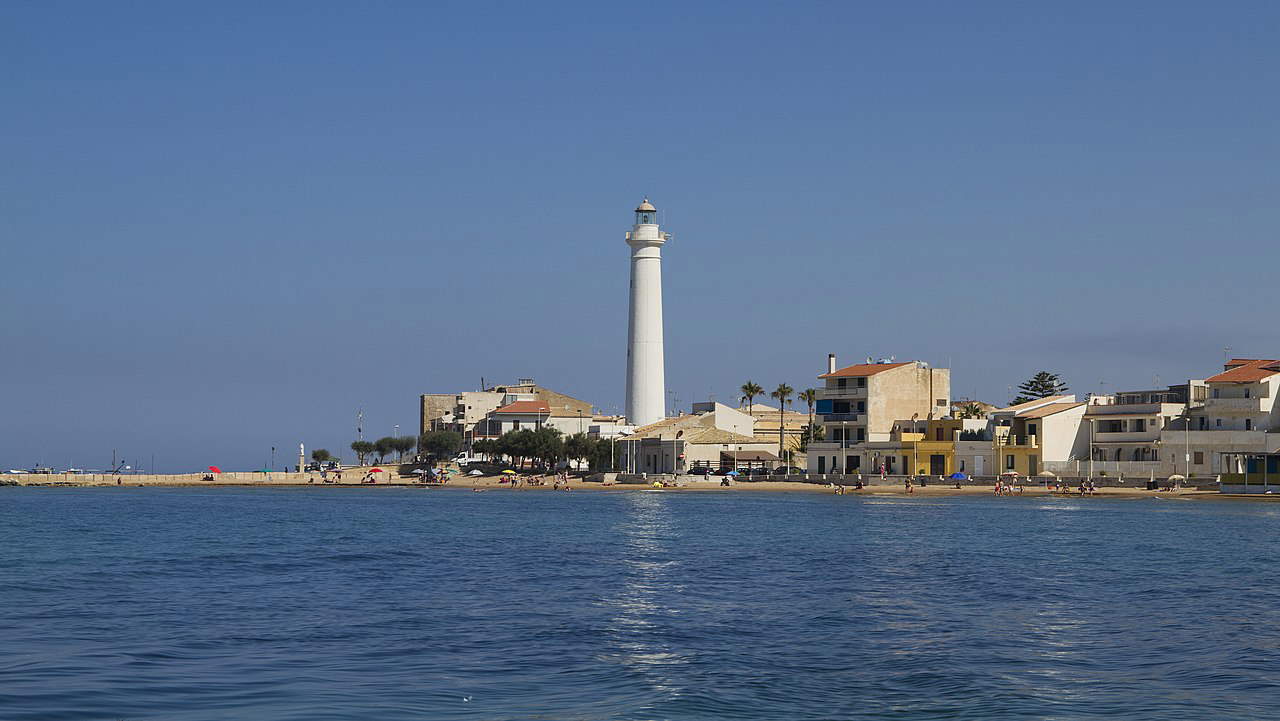
Ragusa Ibla is the symbol of Sicilian Baroque, rebuilt after the 1693 earthquake that devastated the Val di Noto. Its Cathedral of San Giorgio, designed by architect Rosario Gagliardi, is one of the most significant examples of the Baroque style, with its imposing facade and majestic dome. Its narrow streets, noble palaces and scenic stairways of great charm are characteristic.
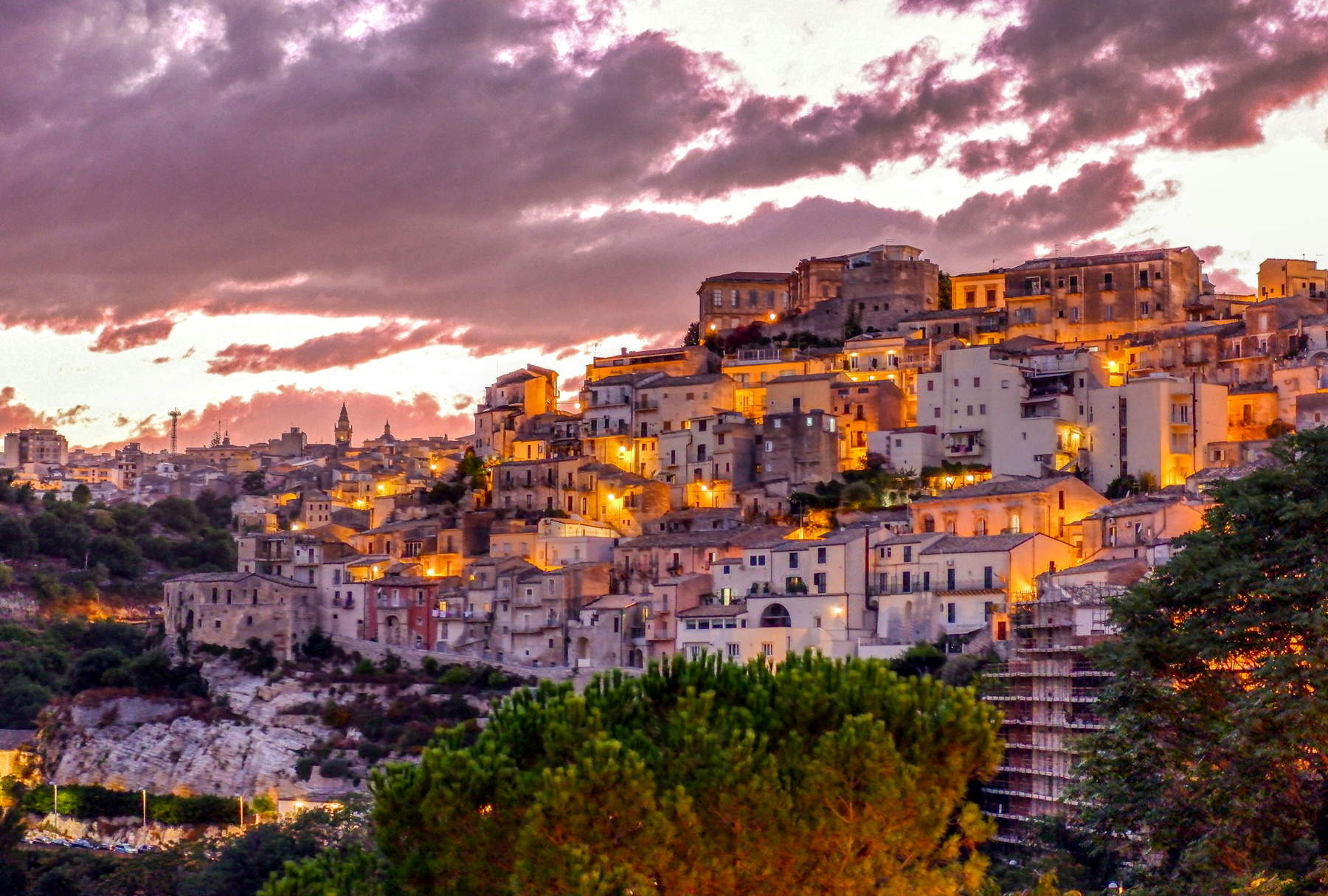
The Donnafugata Castle, residence of Mafia boss Balduccio Sinagra in the series, is an elegant 19th-century aristocratic residence with neo-Gothic and Art Nouveau influences. The name “Donnafugata” is linked to a legend that a noblewoman escaped from the castle to escape imprisonment imposed by a tyrant. The Castle of Donnafugata stands, today, as one of the most celebrated places in Sicily, shrouded in a rarefied and timeless atmosphere, whose air remains impregnated with agricultural odors and whose white stone, characteristic of these places, shines in the rain and even more so when touched by the fierce sun. Here is an extensive article in Finestre Sull’Arte dedicated to Donnafugata Castle and its labyrinth.
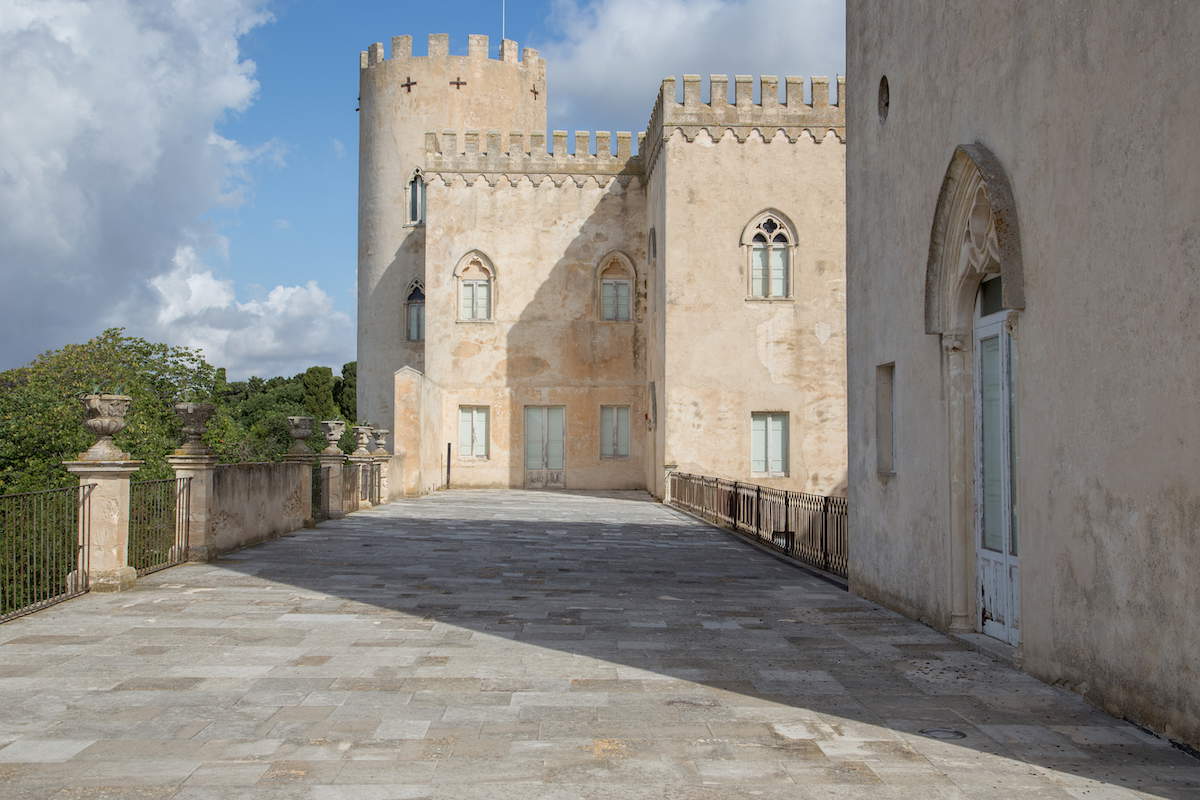
Sampieri beach is one of the most beautiful in southeastern Sicily, but its most striking spot is the Penna Furnace, now a fascinating ruin. Built in the early 20th century for the production of bricks, the furnace was destroyed by fire in 1924 and has remained an extraordinary example of industrial archaeology ever since. Overlooking the sea, it is the factory in the episode “The Shape of Water.”
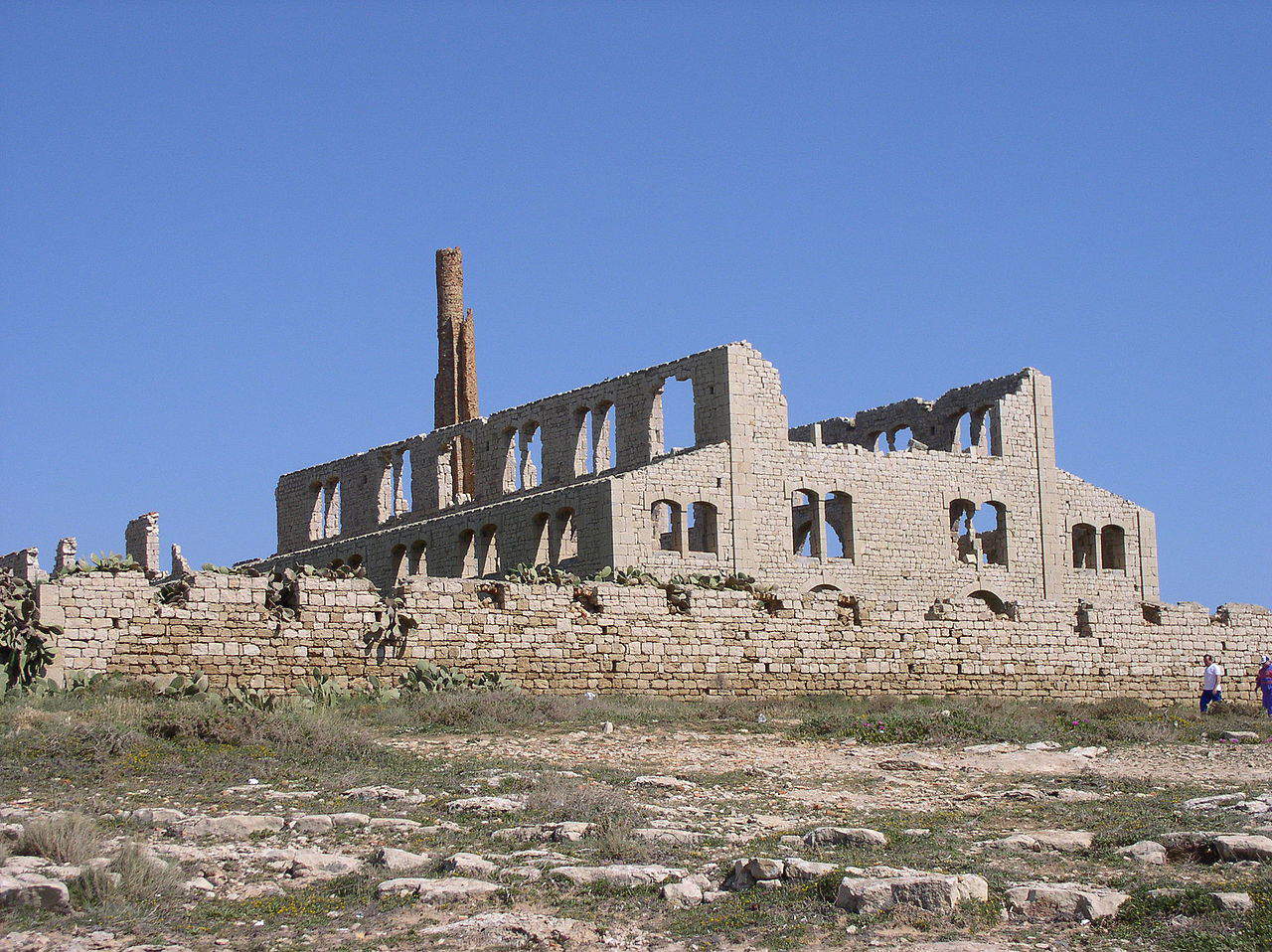
Modica is famous for its Baroque churches and its chocolate, made using an ancient technique dating back to the Aztecs, handed down by the Spanish in the 16th century. The Cathedral of San Giorgio, with its imposing 250-step staircase, and the Church of San Pietro, adorned with statues of the Apostles, are among the city’s most celebrated masterpieces. In Lower Modica, the Liceo Tommaso Campailla in the series become the offices of Judge Scondamiglio. In this article from Finestre Sull’Arte here are 10 places to visit in Modica.
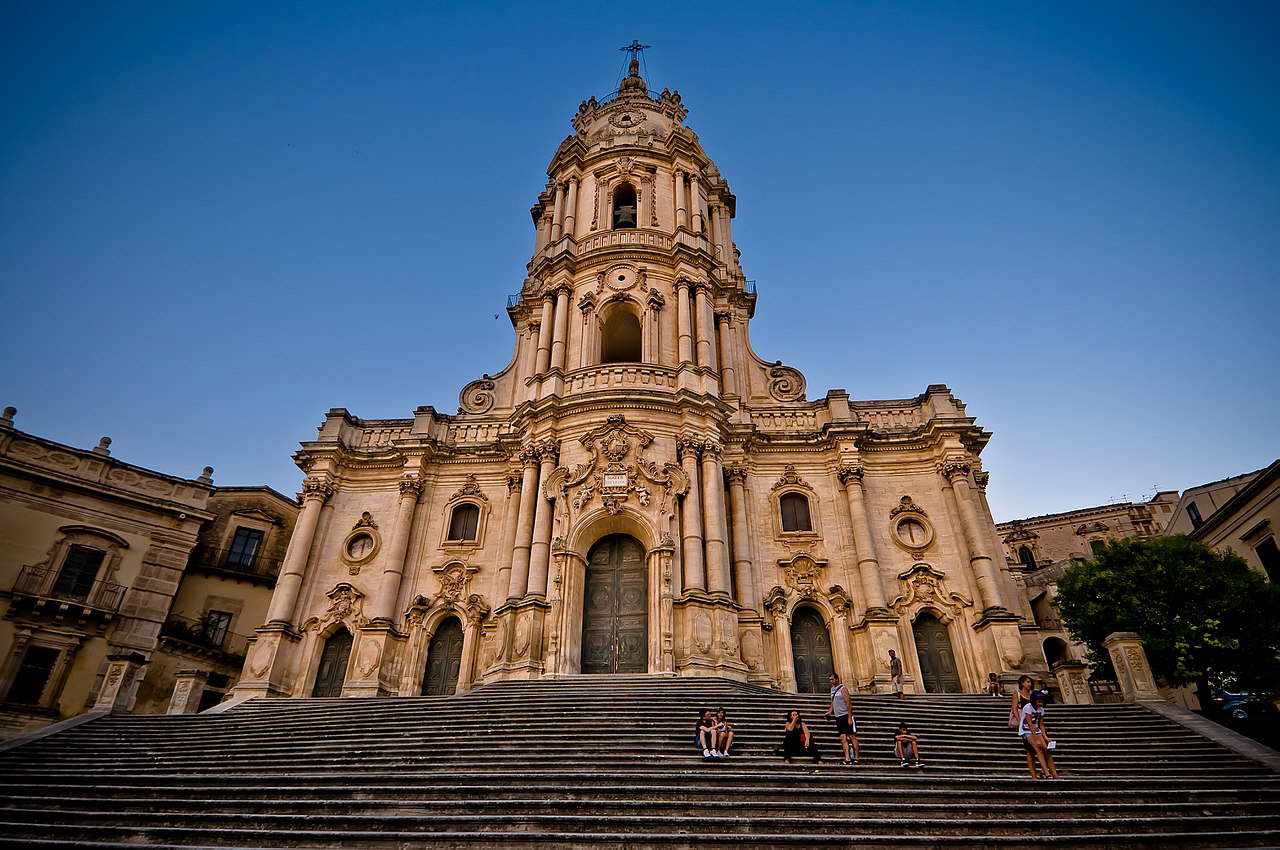
Montalbano’s Sicily is a land of contrasts, where the dazzling light of the Baroque meets the mystery of historic alleys, and where the sea is the guardian of millennia-old tales. The series has had the merit of bringing to the forefront an extraordinary artistic and scenic heritage, making these places cultural pilgrimage destinations for fans of literature, art and cinema.
 |
| The places of Montalbano's Sicily |
Warning: the translation into English of the original Italian article was created using automatic tools. We undertake to review all articles, but we do not guarantee the total absence of inaccuracies in the translation due to the program. You can find the original by clicking on the ITA button. If you find any mistake,please contact us.